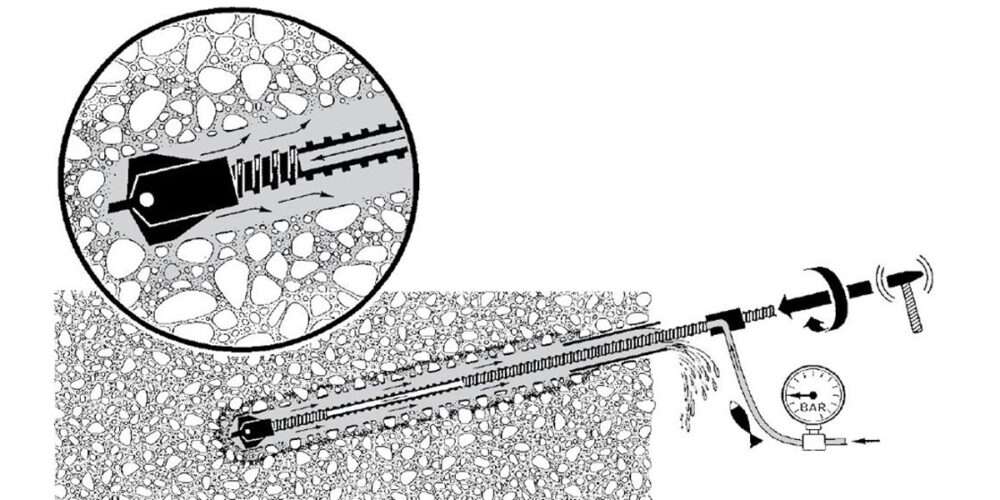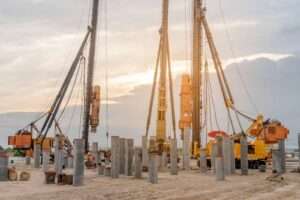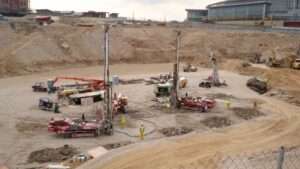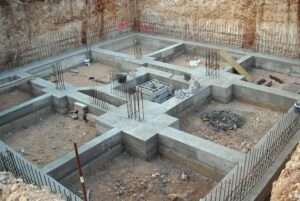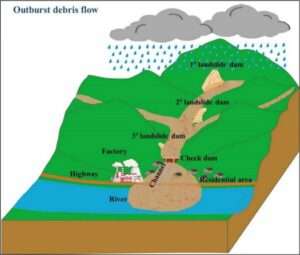Slope stabilization is a critical aspect of civil and geotechnical engineering, particularly in areas prone to landslides or erosion. One of the most effective and innovative solutions to these challenges is the use of self-drilling anchors (SDAs). This technology has revolutionized the way engineers approach slope stabilization, offering increased efficiency, reliability, and cost-effectiveness.
What Are Self-Drilling Anchors?
Self-drilling anchors are a type of ground anchorage system that combines drilling and grouting into a single operation. They are typically used to stabilize slopes, foundations, retaining walls, and other structures. The unique feature of SDAs is that they allow the drilling process, installation of the anchor, and the grouting to be completed in a single step, making them highly efficient compared to traditional anchoring systems.
The anchor itself consists of a hollow steel bar, often equipped with a drilling bit at its tip. During installation, the bar is drilled into the ground, and the space around it is simultaneously grouted to secure the anchor in place. This provides excellent holding capacity and ensures long-term stability.
How Do Self-Drilling Anchors Work?
The installation of self-drilling anchors typically involves the following steps:
1.Drilling: A drilling rig is used to drive the self-drilling anchor bar into the ground. The drill bit at the tip of the anchor bar helps penetrate the soil or rock.
2.Grouting: As the anchor is drilled, grout is injected through the hollow steel bar, filling the voids around the anchor and enhancing its grip on the surrounding material.
3.Anchor Installation: Once the grouting process is complete, the anchor bar is tensioned, ensuring the system is firmly secured and capable of bearing the required loads.
4.Final Testing: The anchor’s performance is tested to ensure it meets the required specifications for load-bearing capacity and stability.
Benefits of Self-Drilling Anchors for Slope Stabilization
Self-drilling anchors offer several significant advantages in slope stabilization projects:
1.Efficiency: Since drilling and grouting are completed simultaneously, the installation process is much faster than traditional anchoring methods, reducing project timelines and labor costs.
2.Versatility: SDAs can be installed in a variety of soil and rock conditions, including loose or fractured materials, where traditional anchors might struggle. They are also suitable for both horizontal and vertical applications.
3.Minimal Environmental Impact: The compact nature of the equipment used for SDA installation means that it can be deployed in areas with limited access, minimizing disruption to the surrounding environment and reducing the need for extensive site preparation.
4.Long-Term Durability: The grout used in self-drilling anchors helps to form a solid bond between the anchor and the surrounding material, ensuring long-lasting stability. The steel bar is corrosion-resistant, providing a durable solution for slope stabilization.
5.Cost-Effectiveness: While initial costs may vary depending on the project size, SDAs can lead to significant savings in the long run due to their fast installation and low maintenance requirements.
6.Reduced Risk of Failure: The ability to install anchors with high precision reduces the likelihood of anchor misplacement or failure, ensuring that the slope is stabilized effectively.
Applications in Slope Stabilization
Self-drilling anchors have proven to be highly effective in a variety of slope stabilization scenarios, including:
- Landslide Prevention: In areas prone to landslides, SDAs can provide the necessary support to hold soil and rock in place, preventing slope failures.
- Retaining Walls: Self-drilling anchors are often used in the construction of retaining walls, helping to stabilize the structure and prevent movement.
- Tunneling and Excavation: During excavation activities in unstable soil, SDAs can be used to secure surrounding soil and prevent collapse.
- Bridge and Roadway Stabilization: When constructing roads or bridges on sloped terrain, SDAs can provide the reinforcement necessary to maintain the integrity of the structures.
Conclusion
Self-drilling anchors represent a significant advancement in slope stabilization technology. By combining drilling and grouting into a single, efficient operation, SDAs offer an effective, cost-efficient solution for stabilizing slopes, preventing landslides, and securing infrastructure in geotechnically challenging environments. As the construction and engineering industries continue to embrace innovative technologies, self-drilling anchors will undoubtedly play a pivotal role in ensuring the safety and stability of critical infrastructure worldwide.


